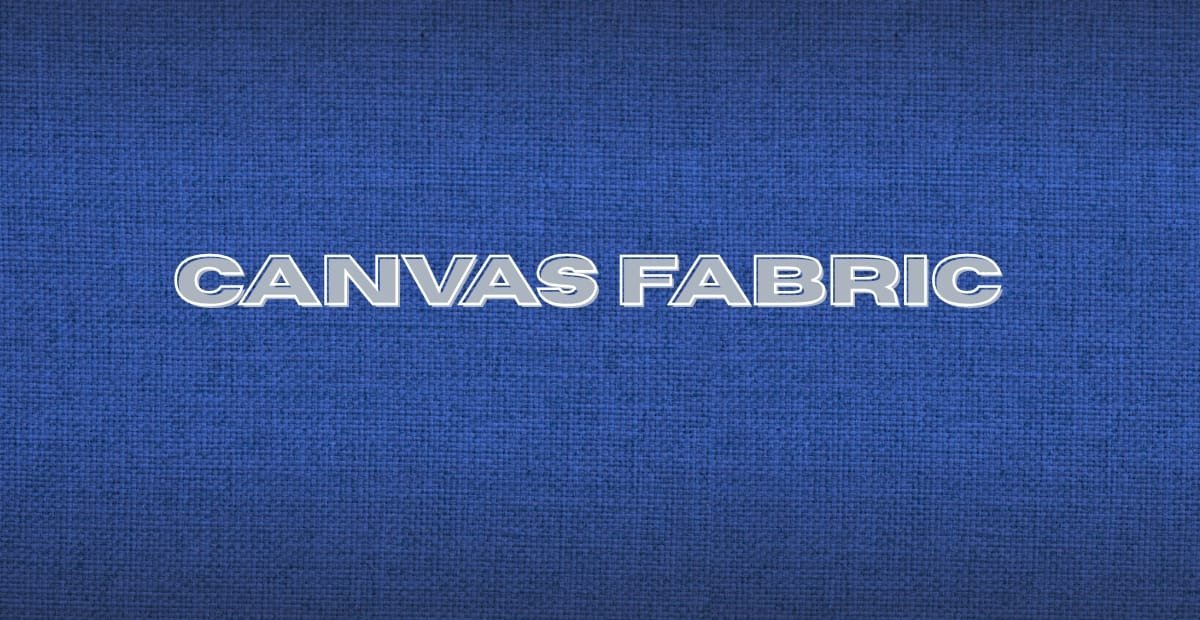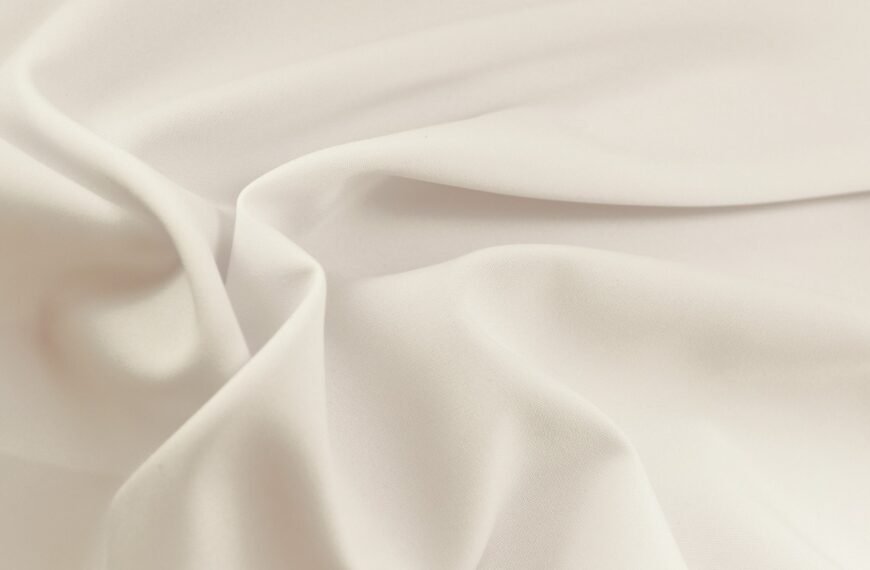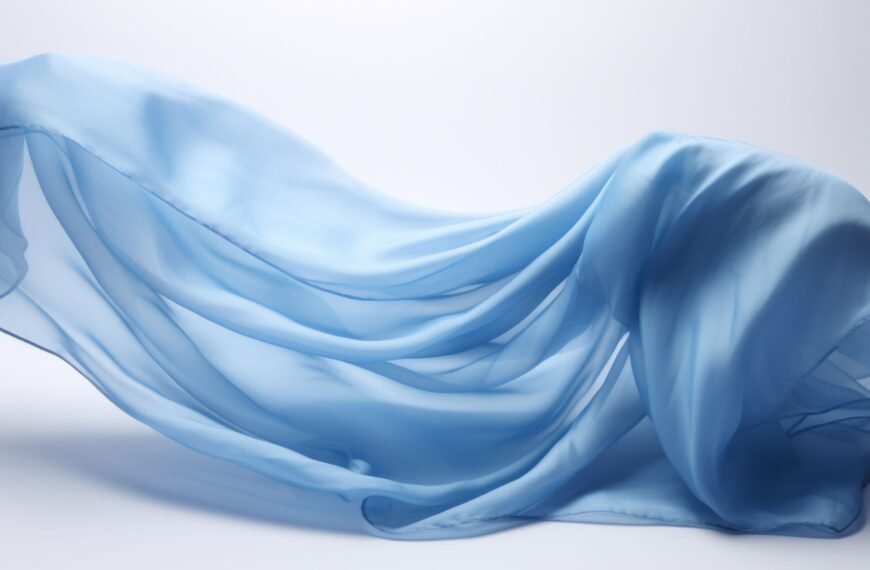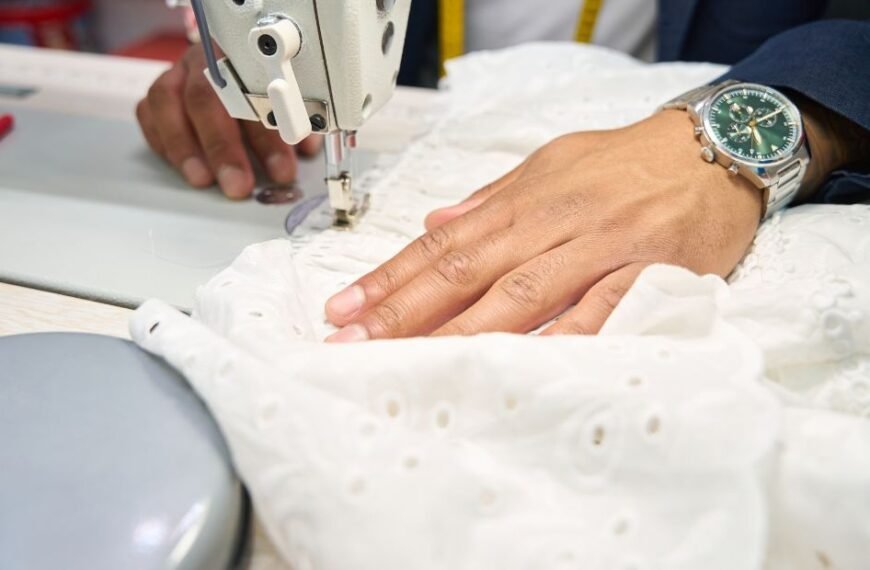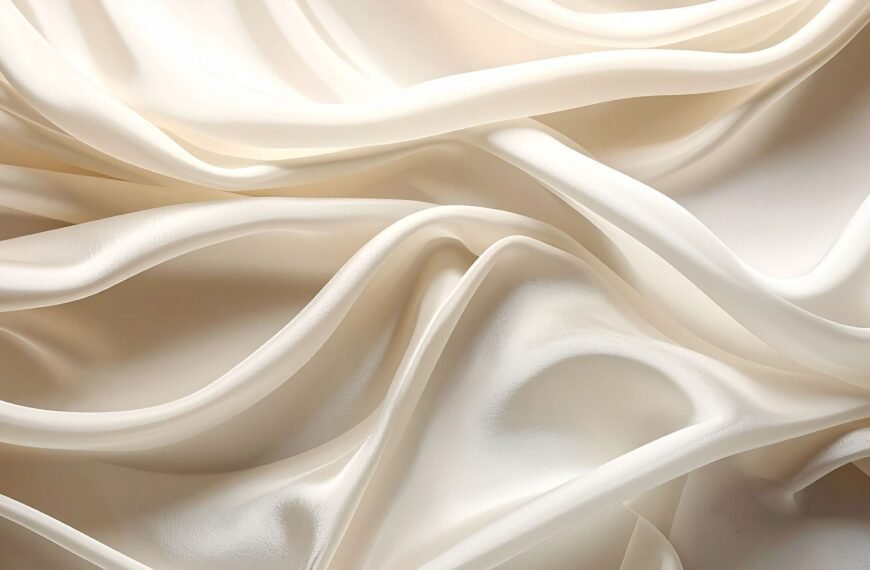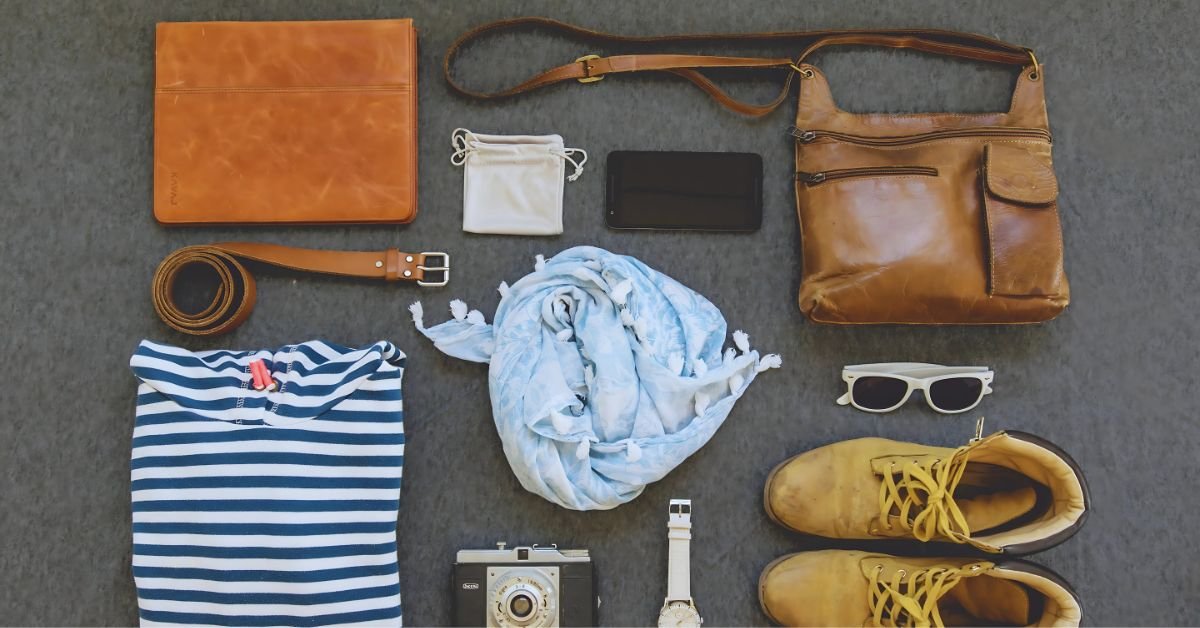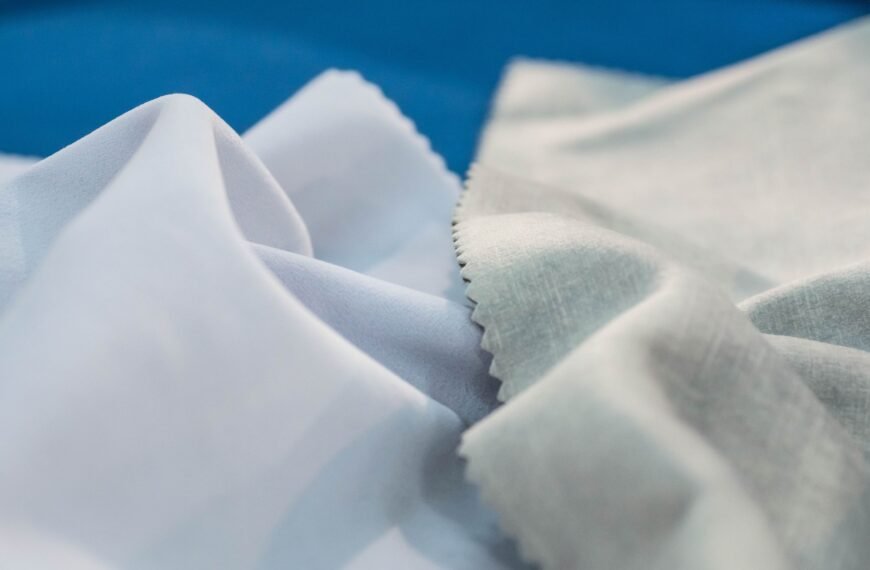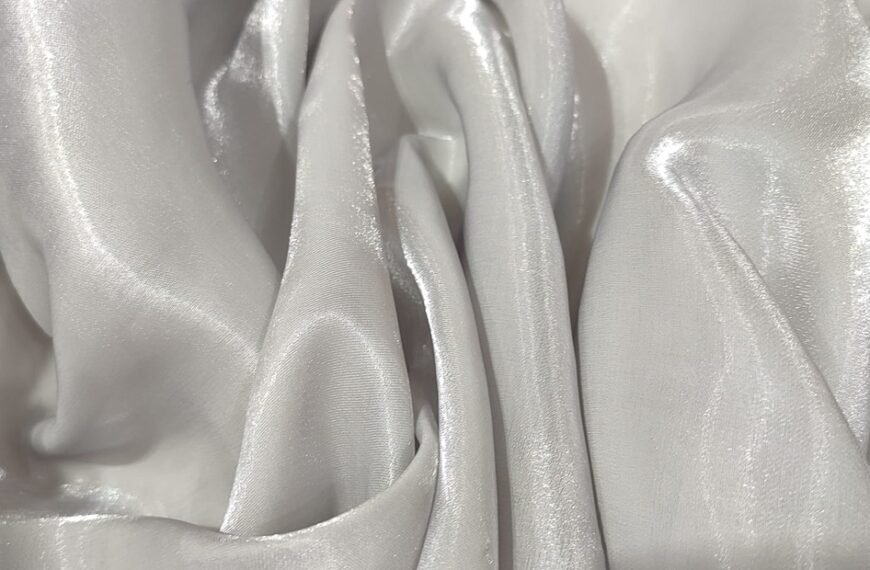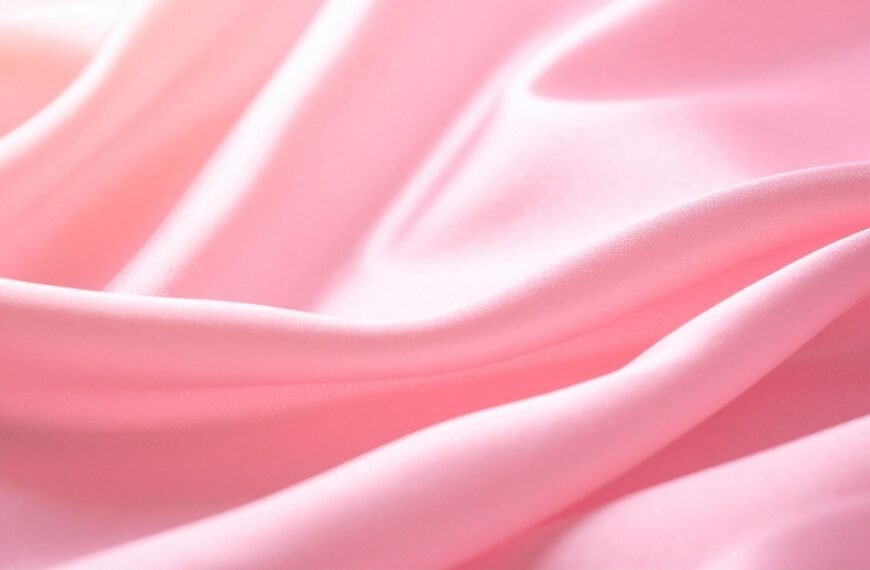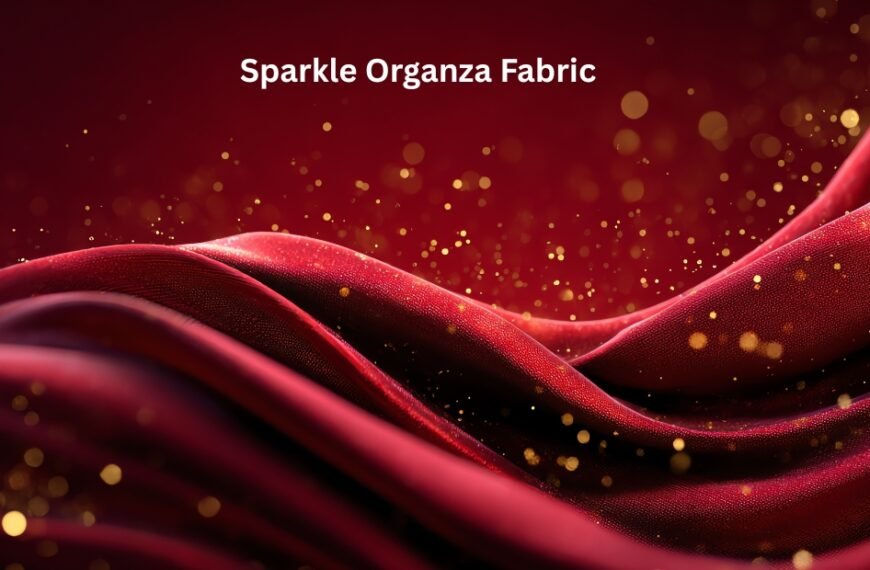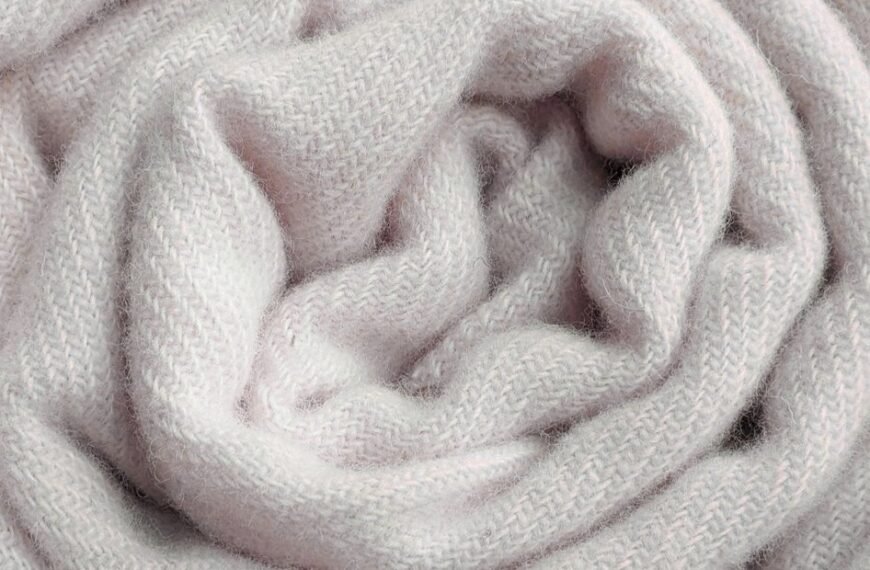What fabric has the capability to sail ships, durable enough to hold an artist’s masterpieces, and stylish enough for today’s fashion? Undoubtedly, the answer is canvas cotton fabric. For centuries, this simple, rugged, and plain-woven cloth has served as a pivotal element to civilization, quietly aiding in exploration, creation, and manufacture.
Traditionally associated with unrefined power and practicality, canvas cotton fabric is an industrial material that transcends borders. It showcases craftsmanship through the ages, while paradoxically expressed through modern design. This guide is meant to unravel the complexities of cotton canvas fabric. Among other things, we will study its history, fabric features, and fabric weight and its use cases. We will also juxtapose canvas with other heavy fabrics such as denim, and examine the plethora of items made from it, such as carry bags and even camping tents. We will also share sewing and material maintenance tips to help increase the longevity of your canvas sewing projects. This guide will help you understand the true value of canvas, outside of its tensile strength, its remarkable range of applications and its timeless beauty. Read more...Types of Cotton Fabric
Table of contents
What is Canvas Cotton Fabric? The Anatomy of a Powerhouse
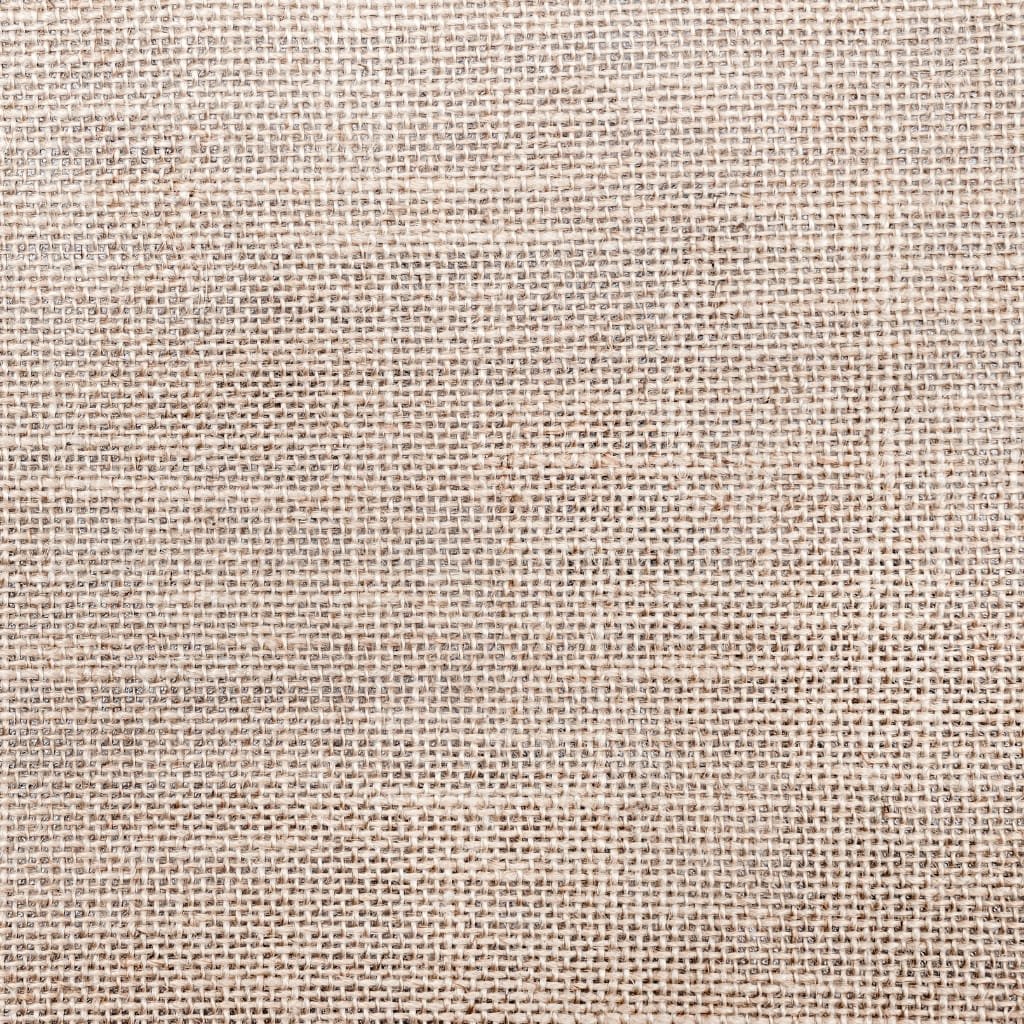
To begin with, canvas is made of a sturdy fabric known as plain weave. The construction of this fabric is a simple over-under arrangement of threads. Canvas stands apart from other weaves through the use of broad heavy yarns—usually woven from pure cotton—that are woven in a compacted fashion.
The name “canvas” comes from the Latin word cannabis because it was first made from hemp. However, as the production of cotton became more popular, it was cheaper, more accessible, and naturally strong, making cotton the fiber of choice. Thus, the canvas made from tightly woven and thick cotton yarns is extremely strong, abrasion resistant, and can take a lot of wear and tear. Therefore, canvas is a strong, thick, resilient fabric and the first thing that comes to mind is its hand-feel, its rough feeling and structural feel. Read more….Poplin cotton fabric
The history of canvas: a fabric for the ages

Canvas as a term is specific and comes with its own kind of story. For many decades, canvas was the driving force for world exploration and trade. It is used to make sails, rigging and coverings on ships. Its ideal use is for sails, because of its ability to withstand the wind. It has been the only option for adventurous sea voyages across numerous continents.
At the same time, its new features intrigued artists. Artists used the stiff, stable, and absorbent surface of canvas to create masterpieces with oil paint. Masters from the Renaissance and Reformation periods painted on cotton or linen canvas, a tradition that the art world still wholeheartedly embraces today.During times of conflict, the toughness of the canvas material made it the best option for tents, military backpacks, and covers for equipment. Perhaps it is this long tradition of rugged use, canvas cotton faric is still used and known for its strength and reliability. See more…..Sateen Cotton Fabric
Key Characteristics: Why Canvas is a Go-To For Durability
- Water-Resistant (When Treated): The treated version of a cotton canvas is water resistant.You can treat canvas with wax or other waterproof coatings. This process transforms the fabric into a highly effective waterproof barrier, making it ideal for outdoor gear and protective coverings.
- Breathable: Air can move in and out of natural cotton canvas tarps and thus, is breathable. This is important since natural cotton canvas allows water vapor to escape, eliminating any chances of condensation or mildew forming under the canvas, making this a very important attribute for tents and furniture coverings.
- Versatile Surface: Great for printing, painting, and embroidery, the canvas’ texture along with its slight tooth that can hold and stabilize dyes and pigments makes for vivid and durable designs.
Understanding Canvas Weight: The Key to Choosing the Right Type
Not all canvas is created equal. Manufacturers categorize its weight in ounces per square yard (oz/yd²), and this measurement primarily determines which type of canvas is appropriate for a specific project.
- Lightweight Canvas (7-10 oz): This grade is flexible and a lot easier to sew. Best used for tote bags, aprons, light jackets, and casual apparel like pants and shorts. It gives structure and allows for movement, not rigid.
- Medium-Weight Canvas (10-12 oz) – This is the most useful and the most frequently utilized weight category. It is exceptionally manageable while remaining durable. For this reason, it is the most common for upholstery, bags, DIY works, and workwear.
- Heavyweight Canvas (13-18 oz) – This class is incredibly tough and rigid. It requires the most heavy-duty sewing machines and needles.Manufacturers normally use heavyweight canvas for sails, tents, painting drop cloths, and other heavy-duty industrial applications where extreme durability is necessary.
Canvas vs. Denim: A Title Fight Between Heavyweights.
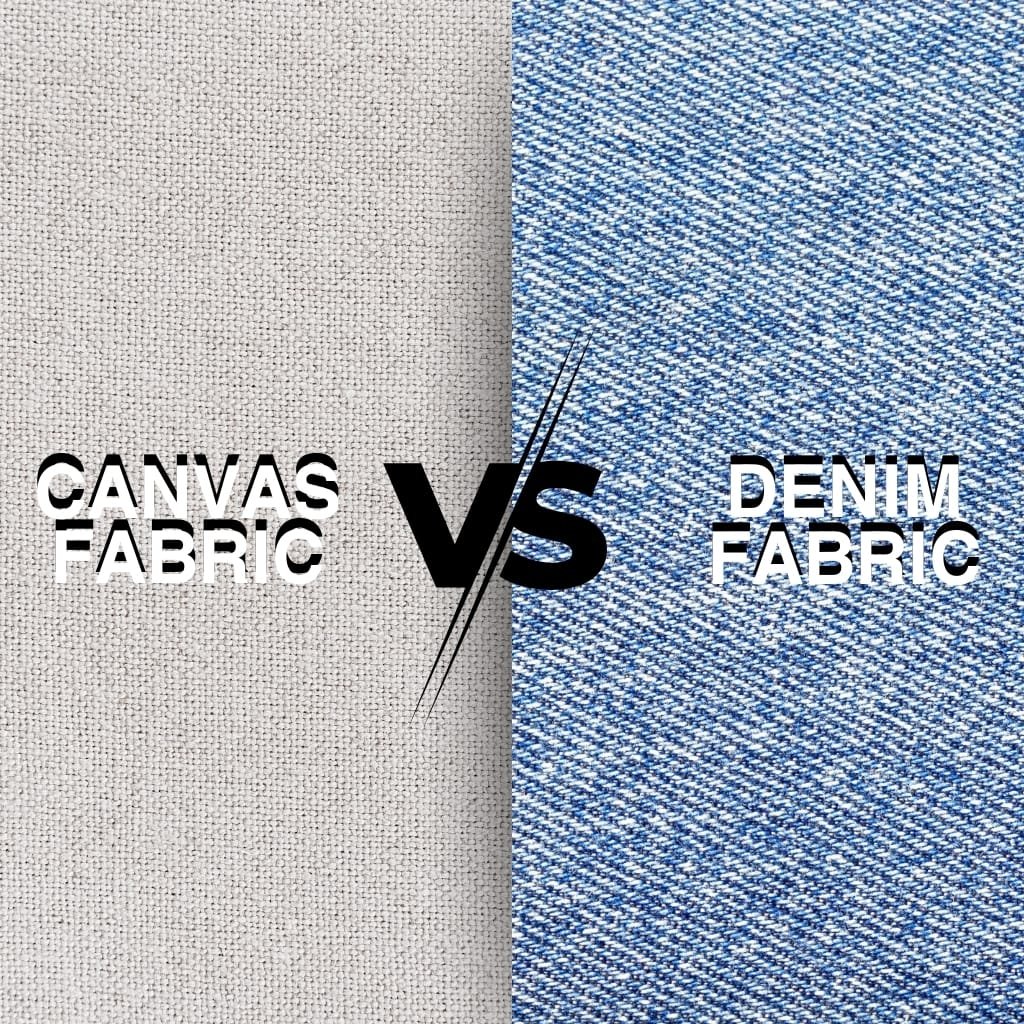
Many people pair denim with canvas. This is due to the fact that both fabrics come from cotton and are tough. However, there are some key differences.
- Weave – A plain weave forms canvas, creating a grid-like surface. In contrast, a twill weave forms denim, which features a characteristic diagonal rib.
- Visual – Denim’s indigo warp and white weft create its classic blue jean appearance. Canvas, however, often remains undyed or comes in a wide variety of colors..
- Texture and Drape – Canvas, unlike denim, is more structured and stiff. Denim is soft and has more drape after washing, which is more comfortable as it clings to the body.
The Versatility of Canvas Cotton
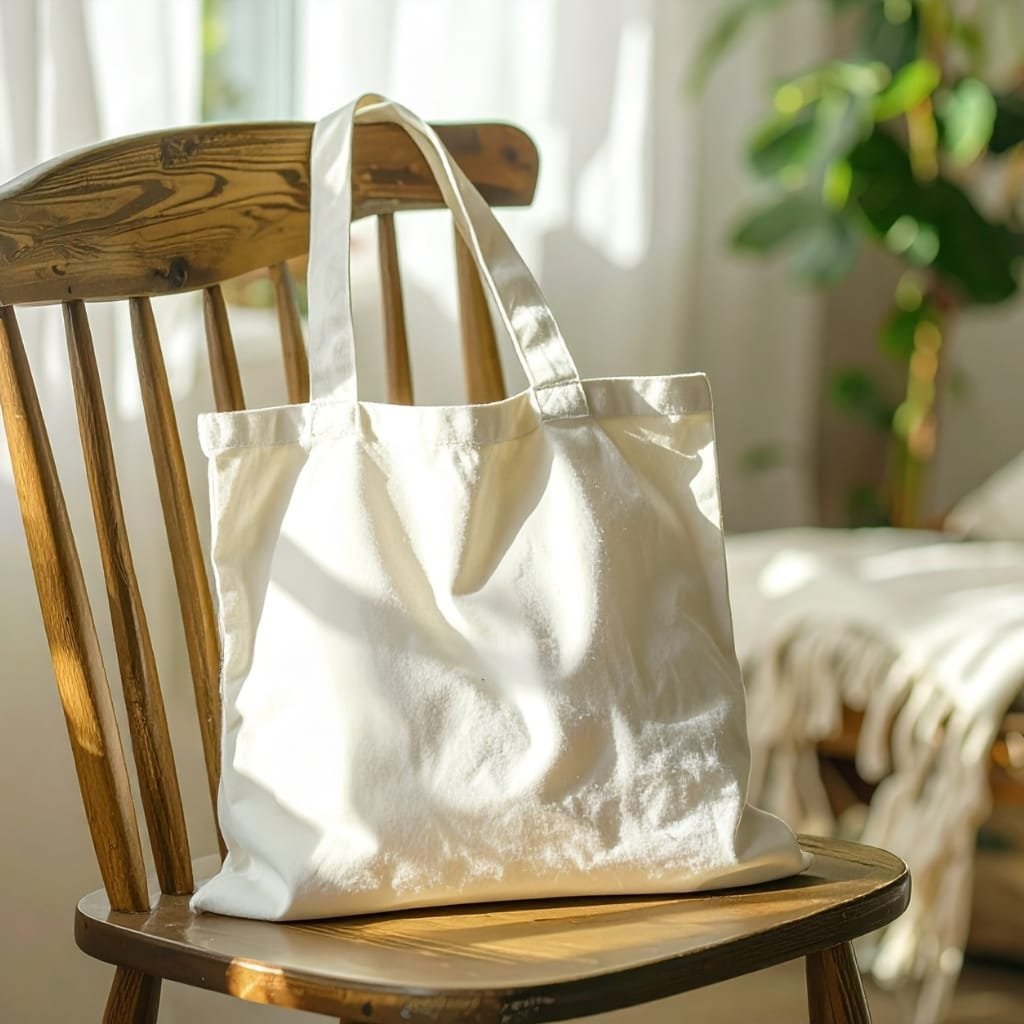
From the mundane to the imaginative, the uses of canvas are virtually limitless.
- Accesories and Bags: This the fabric’s most common contemporary application. Because of its weight and inability to abrasion, canvas is the fabric of choice for tote bags, backpacks, messenger bags, and duffels.
Home Decoration: The fabric’s strength and withstand quality makes it perfect for upholstery, slipcovers, curtains, and pillow covers. It brings a rustic, textured feel to any space while being suitable for everyday use.
Arts and Craft: Crafters use primed canvas to make paintings, embroidery, stamping, and various other DIY crafts. This is because the canvas serves an optimum surface for such fine and intricate detailed works.
Clothing: The thin canvas cotton fabric material is stiff at first, however, it seamlessly breaks into the fabric for bomber and utility jackets, work pants, caps, and canvas shoes.
Outdoors and Industry: The canvas fabric has the same historical fabric uses, which includes tents, tarps, drop cloths and covers for various pieces of equipment.
A Maker’s Perspective on Sewing Canvas
Due to the canvas cotton fabric stability, sewing it can be rewarding, however, it takes the correct methods and sewing equipment.
Choosing the Right Needle and Thread: same topstitch and sewing thread
Handling and Finishing: Canvas cotton fabric material tends to fray a lot. This is the reason why edges must be finished with a zigger stitch or serger stitch. For the most durable projects, use bar tacks. Its thickness makes it crucial to use a hot iron and steam to open the seams to get a smooth, professional finish.
Pressing: A steam iron is perfect for this. Set to a high heat, record the apex of the seams and flatten thick pieces that hang off.
Caring for Your Canvas Creations
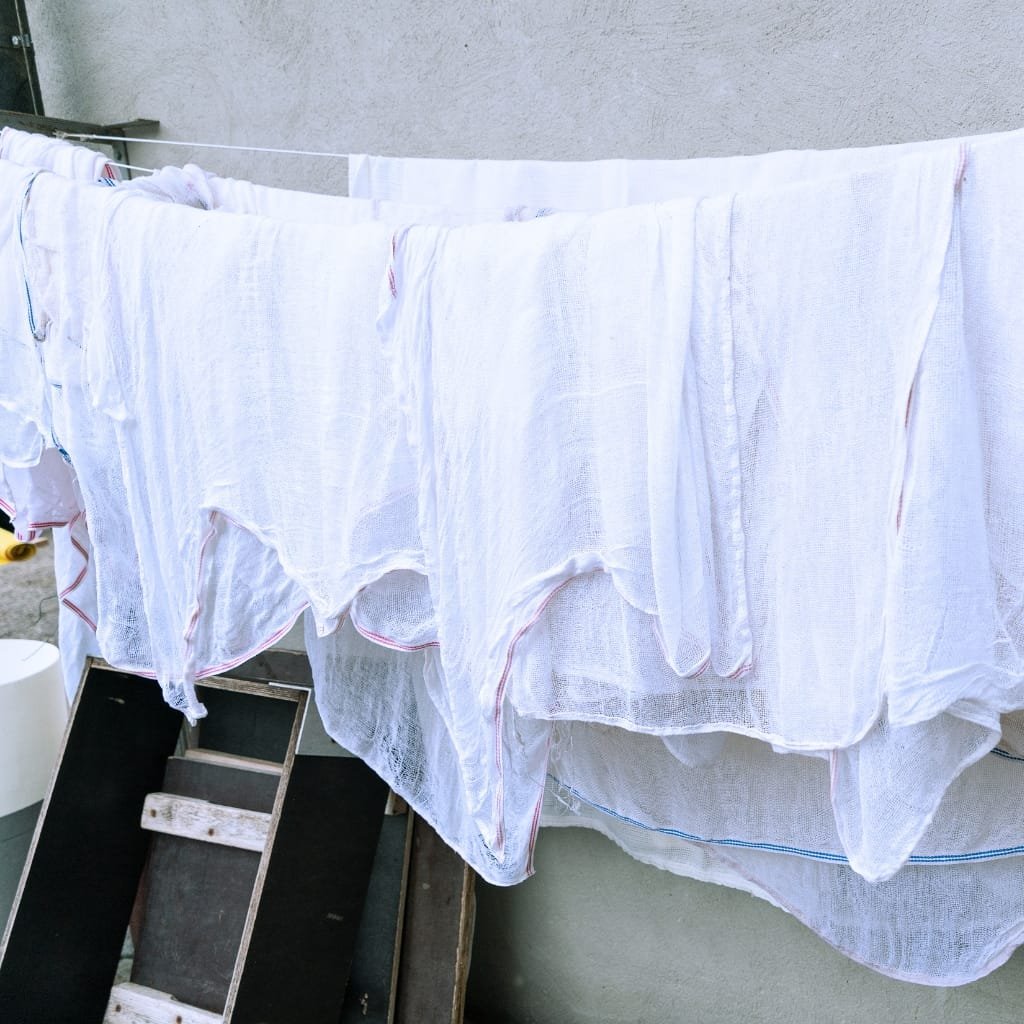
Ongoing care will keep your canvas products in use for many decades.
Washing: Most canvas cotton fabric can be Machine washed in cold water and on a gentle cycle. You should always turn the items inside out. Use mild soap, not bleach, it tends to weaken cotton fibers with time.
Drying: Air drying is normally the gentle approach and minimizes the chances of excessive shrinkage. Should machine drying be required the low heat setting should to be selected. Take note that canvas will, over time and with each wash, soften and develop a unique patina.
Waterproofing: For outdoor use, periods of repetitive application of a waxed-patch canvas water repellant will restore water resistance.
How to Choose Quality Canvas Fabric
Choosing the correct canvas cotton fabric for your project is half the work.
- Weight: Always match the fabric weight to your project’s requirements. For example, use 10 oz canvas for a tote bag, 12 oz for upholstery, and 15+ oz for a heavy-duty tarp.
- Weave: Seek a uniform, close weave with no gaps. The straighter the threads, the stronger the fabric’s weave.
- Treatment: Determine if canvas should be untreated (for breathability) or pre-treated (for water resistance).
- Dye: Note that darker dyes make the fabric stiffer than lighter or natural colors.
Conclusion
As a summation, the canvas cotton fabric holds a position of prominence in the fabric universe. It signifies the ideal union of a straightforward design and having exceptional usefulness. The fashion and design industries have seamlessly adopted canvas, demonstrating its enduring importance and the high value history has assigned to it.Read more …Twill Cotton Fabric
It is a practical and aesthetically pleasing option for normal users, artist, and creators alike and its astonishing durability, timeless beauty, and structural strength add to its versatility.So, the next time you pick up a durable tote bag, admire a timeless artwork, or need a fabric that can withstand anything, remember to appreciate the fantastic yet ordinary canvas—the fabric that built the modern world.
FAQs
Canvas utilizes a heavy-duty plain weave. Historically, manufacturers crafted it from hemp, but they now primarily use cotton. This fabric boasts renowned strength, durability, and a rugged texture, which makes it ideal for projects requiring structure and resilience.
Canvas is incredibly versatile. Common uses include tote bags, backpacks, upholstery, tents, aprons, workwear, artist canvases, and home decor like curtains and pillow covers.
While both are durable cotton fabrics, canvas uses a plain weave (creating a uniform grid-like texture), while denim uses a twill weave (resulting in a diagonal rib pattern). Canvas is also typically stiffer and more structured than denim.
